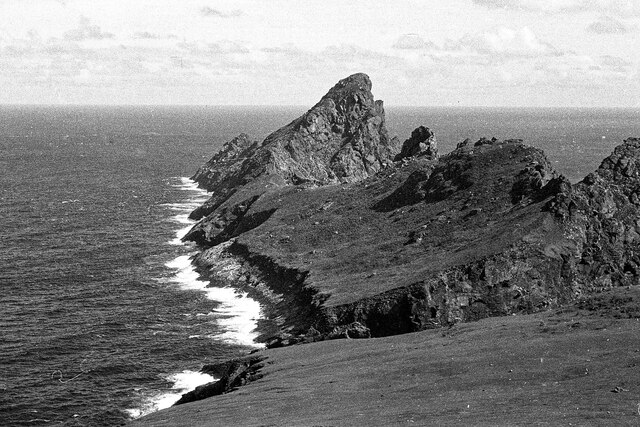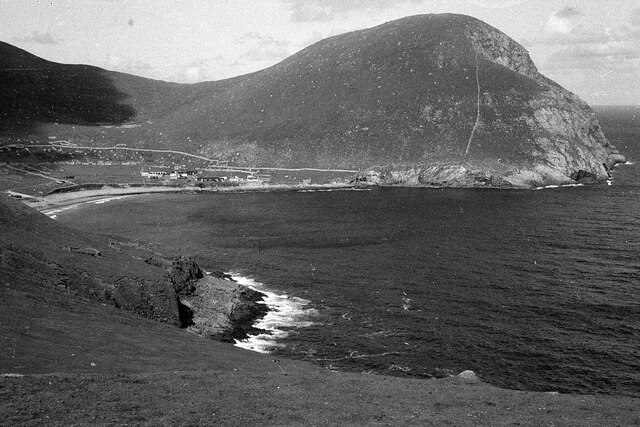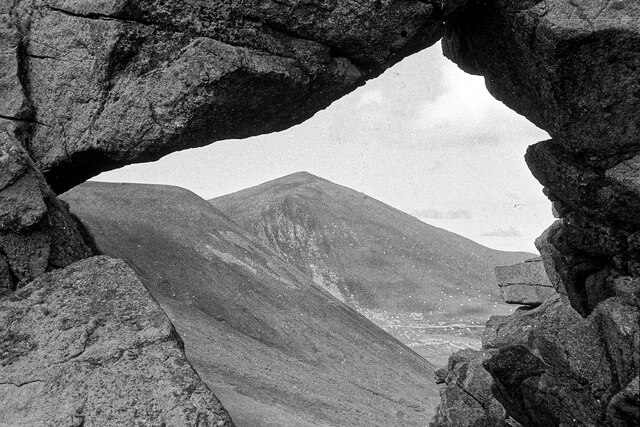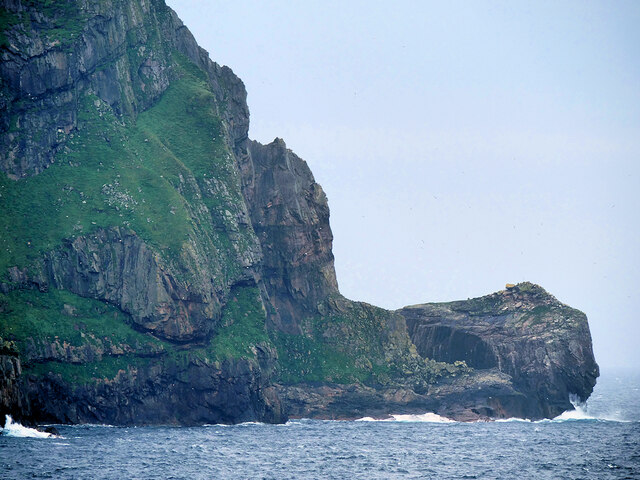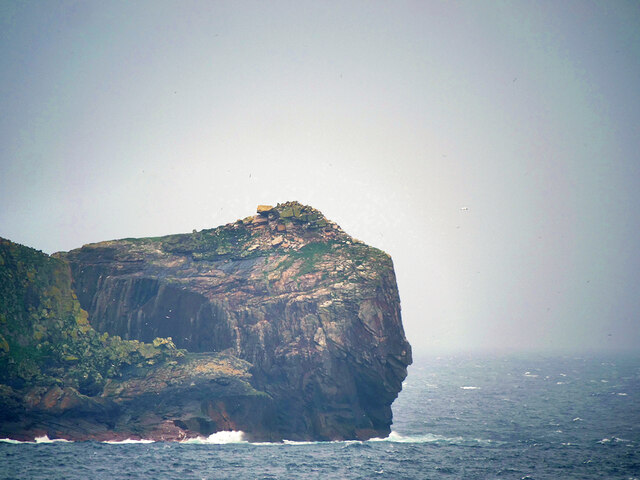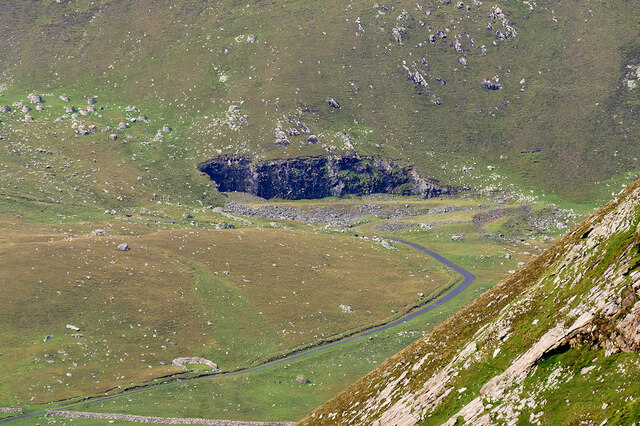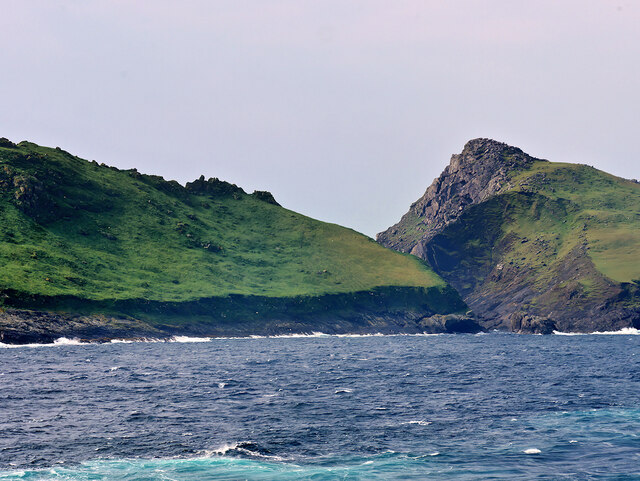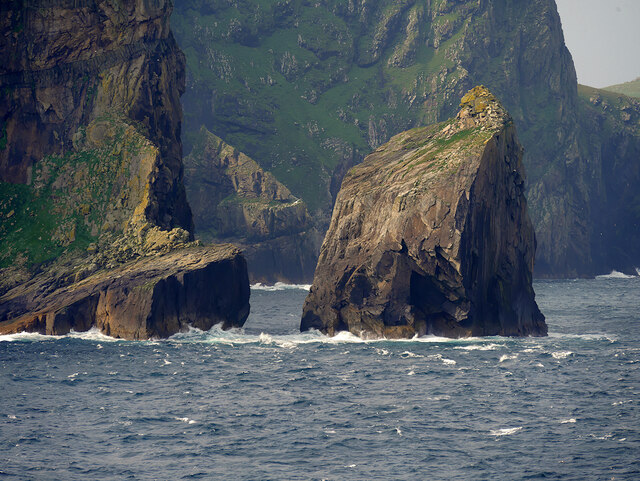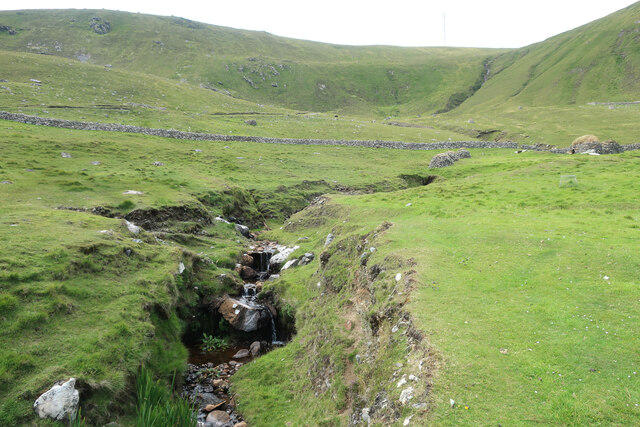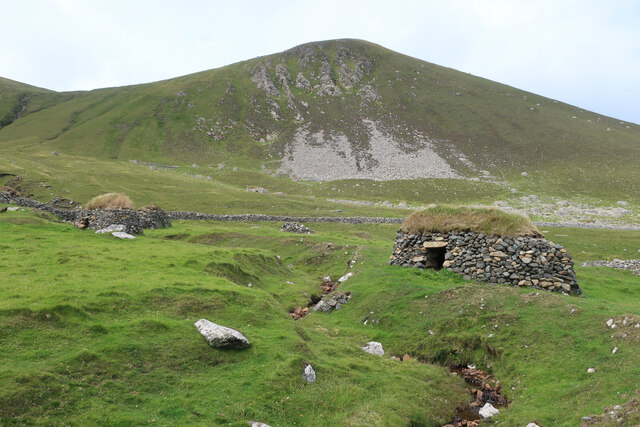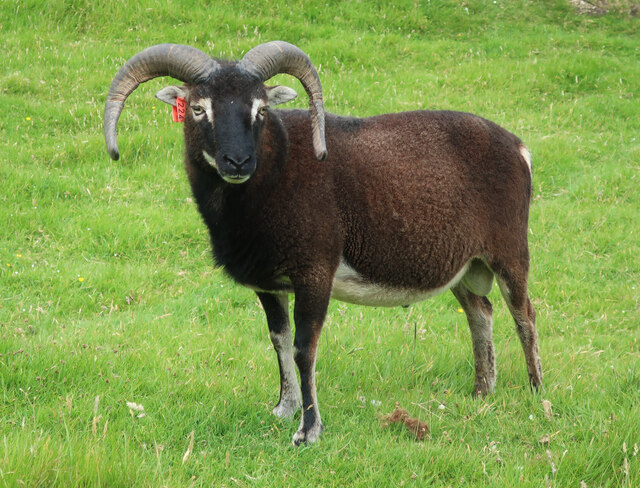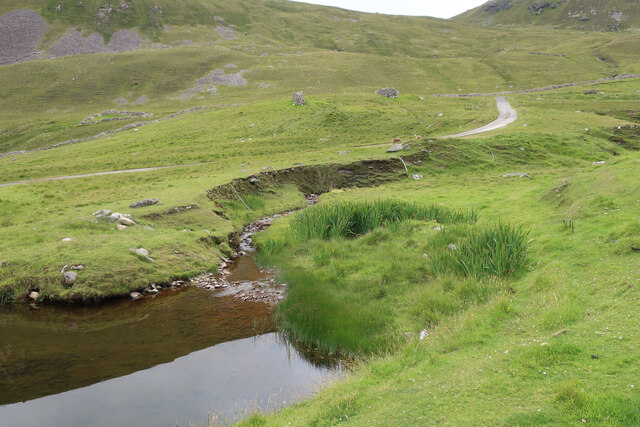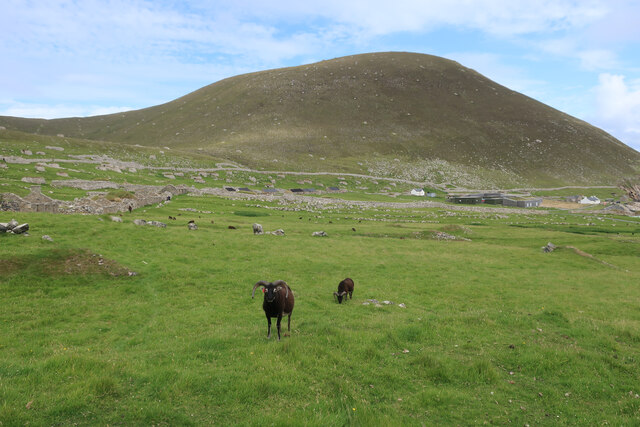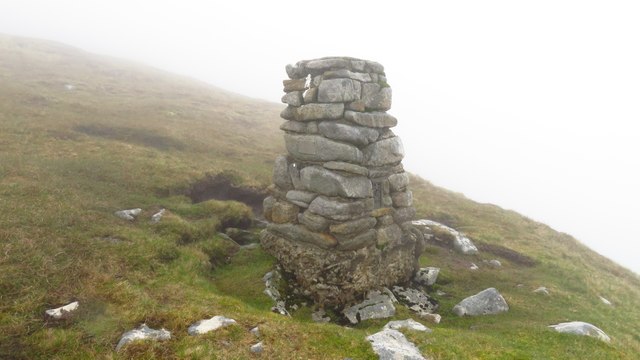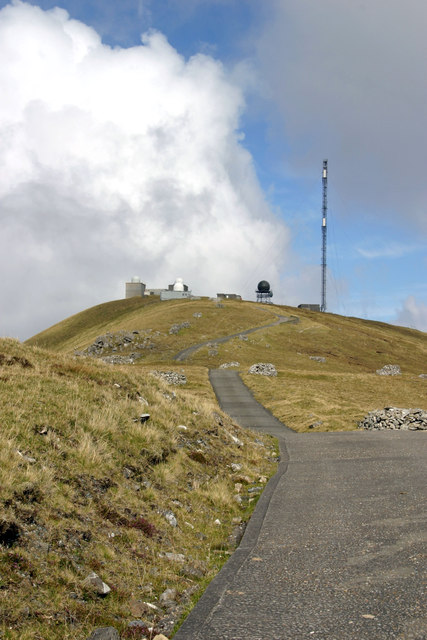Glacan Oisebhal
Valley in Inverness-shire
Scotland
Glacan Oisebhal
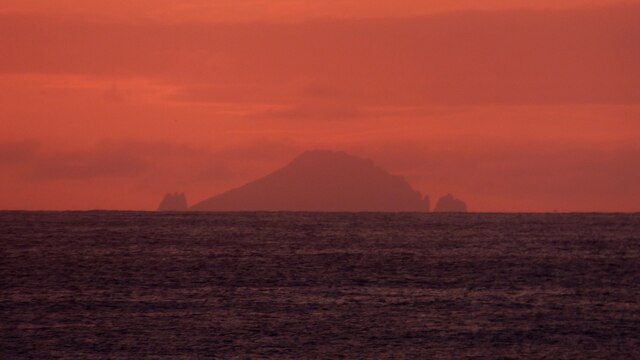
Glacan Oisebhal, also known as Glen Oykel, is a picturesque valley located in Inverness-shire, Scotland. Situated in the heart of the Scottish Highlands, the glen stretches for approximately 30 kilometers from the village of Oykel Bridge to Loch Ailsh. It is nestled between the towering peaks of the Ben More Assynt and Ben Klibreck mountains, offering breathtaking views of the surrounding landscape.
The glen is renowned for its unspoiled beauty and diverse wildlife. The Oykel River, which flows through the valley, is famous for its salmon fishing, attracting anglers from all over the world. The river meanders through the glen, creating stunning waterfalls and cascades along the way.
Glacan Oisebhal is also home to a variety of flora and fauna. The glen is covered with ancient Caledonian pine forests, providing habitat for numerous species of birds, including golden eagles and ptarmigans. Red deer can be spotted roaming freely in the glen, adding to the wild and natural charm of the area.
The glen offers excellent opportunities for outdoor activities such as hiking, mountain biking, and wildlife spotting. There are several well-marked trails that lead visitors through the glen, allowing them to explore its hidden gems and enjoy the tranquility of the Scottish wilderness.
For those seeking a peaceful retreat, Glacan Oisebhal offers a range of accommodation options, including cozy cottages and lodges, providing a perfect base for exploring the surrounding area.
In summary, Glacan Oisebhal, Inverness-shire is a stunning valley in the Scottish Highlands, offering visitors a chance to immerse themselves in the beauty of nature and experience the true essence of Scotland.
If you have any feedback on the listing, please let us know in the comments section below.
Glacan Oisebhal Images
Images are sourced within 2km of 57.810833/-8.5561158 or Grid Reference NF1099. Thanks to Geograph Open Source API. All images are credited.
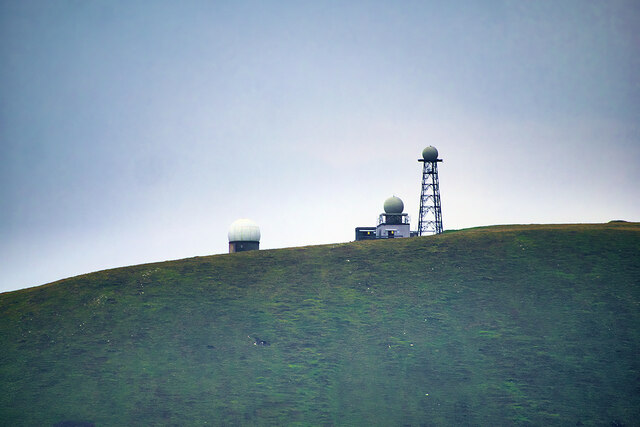
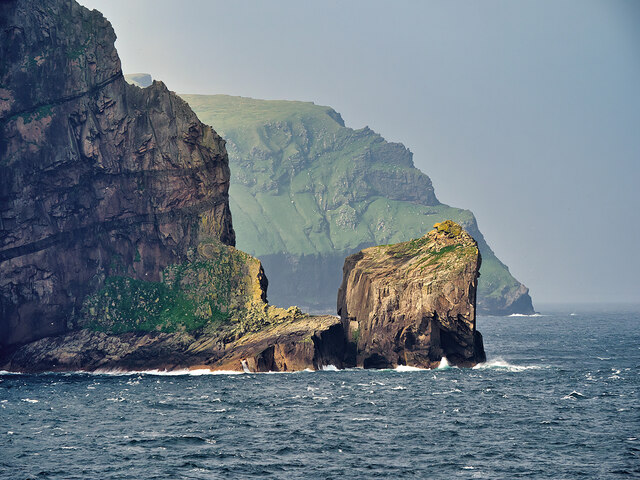
Glacan Oisebhal is located at Grid Ref: NF1099 (Lat: 57.810833, Lng: -8.5561158)
Unitary Authority: Na h-Eileanan an Iar
Police Authority: Highlands and Islands
What 3 Words
///headsets.flying.pins. Near Balivanich, Na h-Eileanan Siar
Nearby Locations
Related Wikis
Hirta
Hirta (Scottish Gaelic: Hiort) is the largest island in the St Kilda archipelago, on the western edge of Scotland. The names Hiort (in Scottish Gaelic...
Dùn
Dùn is an island in St Kilda, Scotland. It is nearly 1 mile (1.6 kilometres) long. Its name simply means "fort" in Scottish Gaelic (for more information...
St Kilda, Scotland
St Kilda (Scottish Gaelic: Hiort) is an isolated archipelago situated 64 kilometres (40 mi) west-northwest of North Uist in the North Atlantic Ocean. It...
Stac Levenish
Stac Levenish or Stac Leibhinis (sometimes simply called Levenish/Leibhinis) is a sea stack in the St Kilda archipelago in Scotland. Lying 2.5 kilometres...
Stac Biorach
Stac Biorach (Scottish Gaelic: "the pointed stack") is a sea stack, 73 metres tall, situated between Hirta and Soay (in the "Sound of Soay") in the St...
Soay, St Kilda
Soay (Scottish Gaelic: Soaigh) is an uninhabited islet in the St Kilda archipelago, Scotland. The name is from Old Norse Seyðoy, meaning 'island of sheep...
Stac Lee
Stac Lee (Scottish Gaelic: Stac Lì) is a sea stack in the St Kilda group off the west coast of Scotland. An island Marilyn (a point with topographic prominence...
Boreray, St Kilda
Boreray (Scottish Gaelic: Boraraigh; Scots: Boreray) is an uninhabited island in the St Kilda archipelago in the North Atlantic. == Geography == Boreray...
Nearby Amenities
Located within 500m of 57.810833,-8.5561158Have you been to Glacan Oisebhal?
Leave your review of Glacan Oisebhal below (or comments, questions and feedback).
